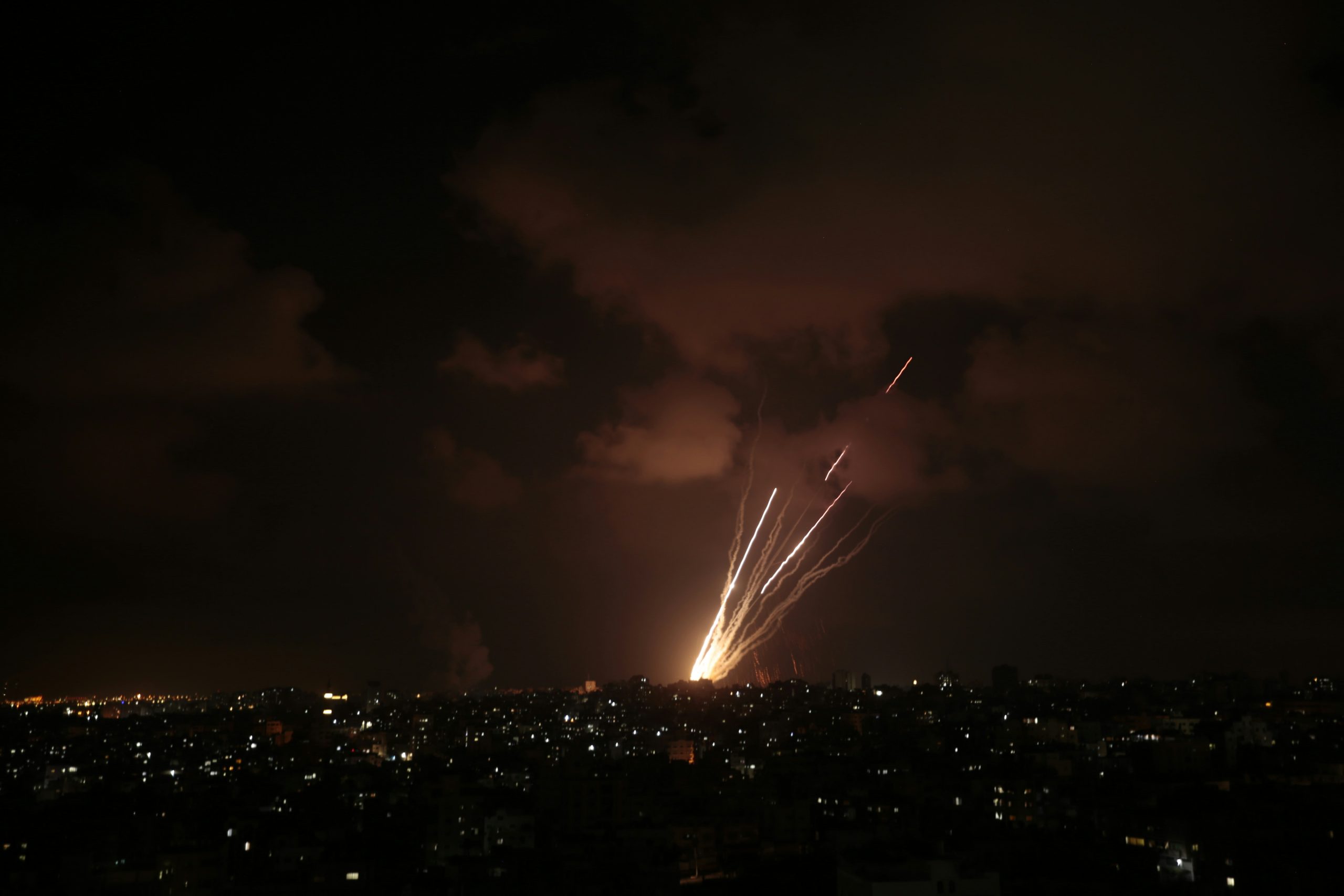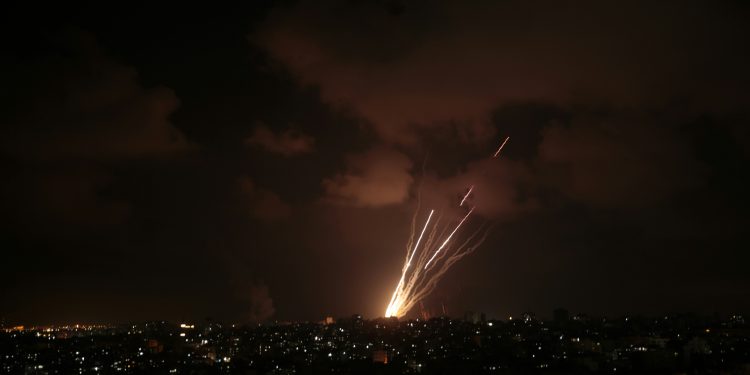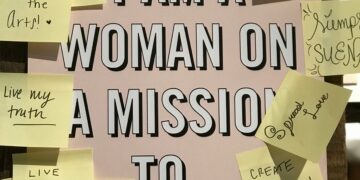Israel opened a new escape route out of Gaza City for 48 hours while its tanks edge forward. The army says civilians should leave the city and head south. For many families, that order is not a safe choice, it feels like a choice between a dangerous road and staying under the bombs. The short window, the broken roads, and the lack of food in the south make the decision impossible for thousands.
A tiny window in a big trap
Forty-eight hours is small when you are carrying children, old parents, and a single bag. People are tired, hungry, and scared. Some cannot walk for long. Some cannot pay for transport. And many who try to go south say there is no safety there, no shelter, little food, and a fear they will never be permitted to return home. For them, the choice is not escape. It is survival by chance.
Israel says leave, but many won’t. People say the south is no better. They fear being separated from their neighbourhoods, losing their homes, or being trapped in new danger. Others ask a simple question: if I leave, can I come back? For many Palestinians, the answer looks like no. That fear keeps people crowded in the same ruined places where they risk shelling every day. Some even tell reporters, bluntly: they would rather die at home than be displaced forever.

The humanitarian gap
Aid agencies warn the south is already short of basics. Food, water, medicine — all are thin on the ground. Bringing hundreds of thousands of extra people to a place that already struggles means more hunger and disease. Hospitals in the south are full and under pressure. If Israel opens a route but does not guarantee safety and supplies where people go, the route can be little more than a march into new misery.
From a military point of view, clearing civilians out makes it easier to target fighters and places where weapons are hidden. But war logic always carries human costs. When entire families lose homes and lives, the numbers do not capture the personal tragedies. Israel says the operation could take months. That means months of displacement, months of lost jobs, months of schools closed, and months of children growing up with trauma.
The world watches, talks, and fails to stop it
Diplomats arrive, talk about ceasefires and negotiations, and then the fighting continues. A 48-hour route looks like action, but it does little to stop the suffering. For many outside Gaza, the choice is easier to discuss than to live. For people inside, every hour is a decision about life and death.
If the route works, if people reach safety, if food and medicine follow, the window could save lives. But if it fails, if people are hit on the way, if shelters are full, if supplies do not arrive, it will be remembered as another moment when civilians were asked to run with nowhere good to go.
What now?
Soldiers say the fight will take time. Families say they have already lost too much. Aid groups say they need unfettered access and real guarantees of safety. Without the basics, water, food, secure routes, and return rights, a 48-hour escape route looks like a stopgap at best and a cruel test at worst.

















